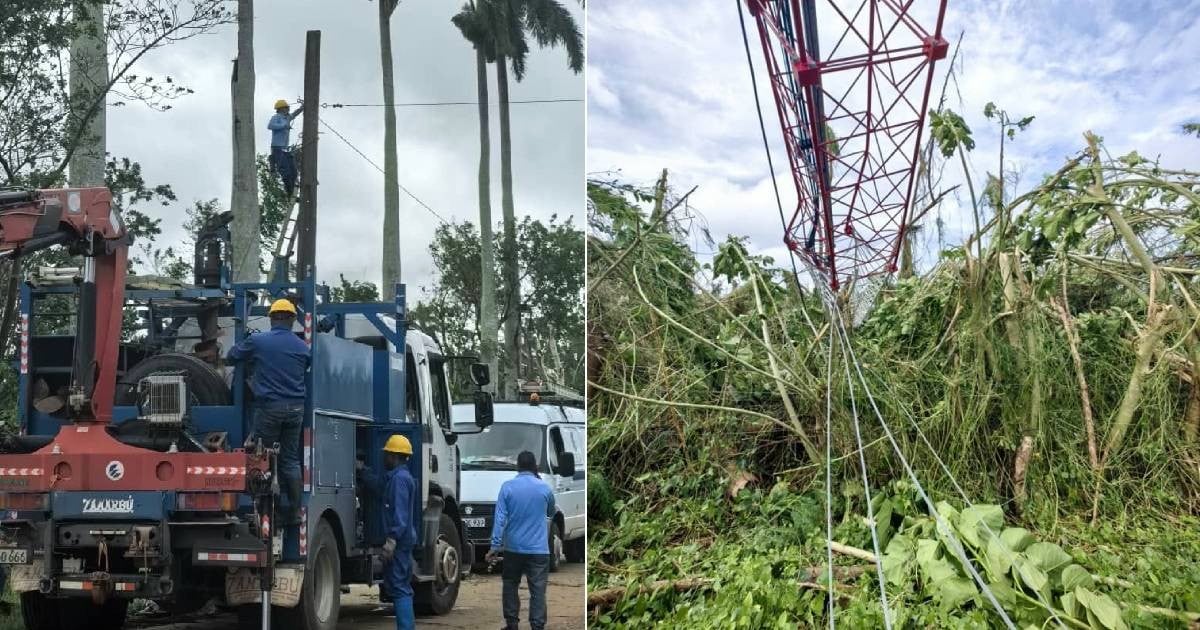More than two days after Hurricane Rafael swept through, the Cuban Telecommunications Company (ETECSA) has reported ongoing significant disruptions in communication systems across Artemisa, Mayabeque, and Havana. Artemisa, the most severely impacted region, faces the brunt of the storm's effects with 65% of mobile services and 48% of landline services rendered inactive.
According to the state-run newspaper Granma, over 440 cell towers are currently non-operational, comprising 62% of sites across the affected provinces, which include Mayabeque and Havana in addition to Artemisa. Moreover, damage to over 250 integrated cabinets has affected 52,000 fixed-line services, leaving thousands of users without connectivity.
Challenges in Recovery Efforts
The restoration of services is hampered by power shortages and damage to the access network, which is particularly vulnerable to severe weather. ETECSA has been working on clearing cable routes and repairing damaged poles with assistance from teams in Pinar del Río, Matanzas, Cienfuegos, Villa Clara, and Ciego de Ávila to expedite the recovery process.
Commercial Measures and Public Support
In response to the crisis, ETECSA has introduced commercial measures, including extending payment deadlines for fixed-line and Nauta Home services nationwide. Currently, 60% of commercial offices in the affected areas are operational, and support is provided to the public through equipment recharging at available facilities.
Beyond the telecommunications infrastructure, the primary damages from Rafael's passage through western Cuba also involve severed fiber optic cables. Additionally, two mobile phone towers collapsed in the municipalities of Mariel and Guanajay, while both landline and mobile services in Güira de Melena were completely halted due to fiber cuts near telecommunications hubs.
